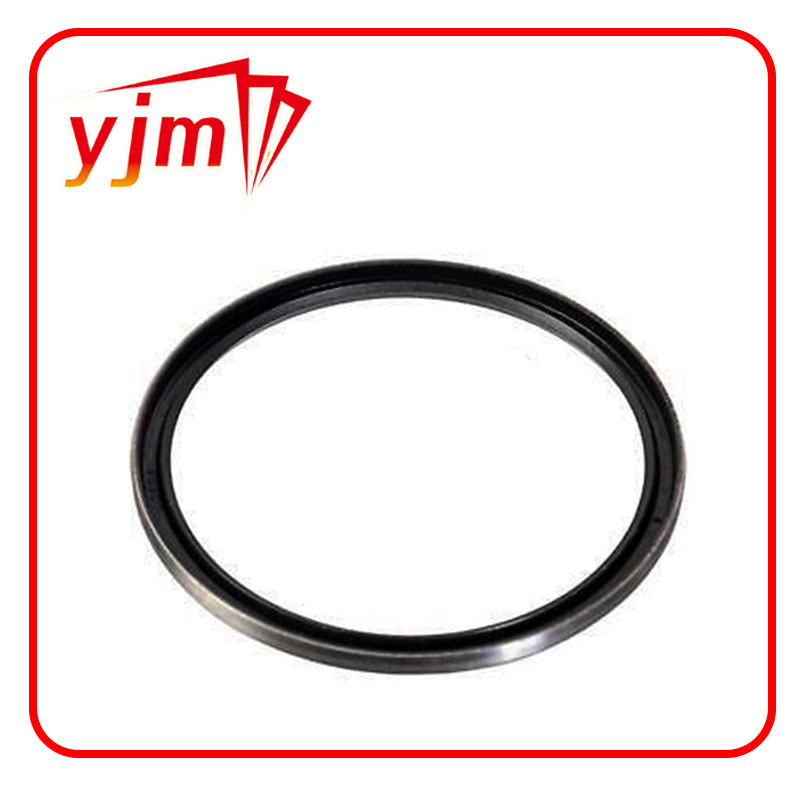Understanding the Function and Importance of Input Shaft Seals in Vehicles
Understanding Input Shaft Seals Importance and Maintenance
The input shaft seal is a crucial component found in many mechanical systems, particularly in vehicles, heavy machinery, and industrial equipment. This small yet vital seal plays a significant role in ensuring the smooth operation of various assemblies, primarily in the transmission systems where the input shaft connects to the engine.
What is Input Shaft Seal?
An input shaft seal is designed to prevent the leakage of fluids, such as oil, from a transmission case or similar assembly. It sits around the input shaft, which transfers power from the engine to the transmission, ensuring a tight and secure fit. Typically made from durable materials such as rubber or silicone, the seal offers resistance to wear and heat, essential for maintaining the integrity of the system.
Importance of Input Shaft Seal
The importance of the input shaft seal cannot be overstated. A malfunctioning or damaged seal can lead to a host of problems, including fluid leaks that can compromise the lubrication of crucial components, resulting in increased wear and tear. This could ultimately lead to costly repairs or even complete system failure. Additionally, leaks can create hazardous driving conditions, particularly in vehicles, as they may contribute to slick surfaces and reduced traction.
Another key aspect of the input shaft seal is its role in maintaining proper pressure within the transmission system. A well-functioning seal helps ensure optimal performance by preventing air from entering the system, which can lead to issues like aeration of the fluid and decreased efficiency. In essence, the input shaft seal not only protects the fluid but also supports the overall health of the entire system.
Signs of a Failing Input Shaft Seal
input shaft seal

Detecting issues with the input shaft seal early on can save both time and money. Some common signs of a failing seal include
1. Fluid Leaks The most apparent sign is visible fluid leaking from the transmission. If you notice puddles of liquid beneath your vehicle, especially near the transmission area, it’s vital to investigate promptly. 2. Warning Lights In some modern vehicles, warning lights on the dashboard may indicate low fluid levels, which could be a consequence of a leaking seal. 3. Strange Noises A failing input shaft seal can lead to increased friction and wear within the transmission, potentially causing grinding or whining noises during operation. 4. Poor Performance If the vehicle hesitates, struggles to change gears, or experiences slippage, these symptoms could signal issues related to fluid leakage from the input shaft seal.
Maintaining the Input Shaft Seal
Regular maintenance can help extend the life of the input shaft seal. Here are some tips for ensuring its longevity
- Regular Inspections Having your vehicle inspected regularly by a professional can help identify seal degradation before it leads to significant issues. - Fluid Changes Regularly changing the transmission fluid as per the manufacturer's recommendations will not only keep the system clean but also ensure that the seals are lubricated, reducing the chances of premature wear.
- Seek Repairs Promptly If you notice any signs of a failing seal, it’s crucial to address the issue immediately. Ignoring minor leaks can lead to more significant problems and higher repair costs in the long run.
Conclusion
In summary, the input shaft seal is a small but essential component that plays a significant role in the performance and reliability of vehicles and machinery. Understanding its importance, recognizing the signs of failure, and committing to regular maintenance can help safeguard the integrity of your system, ensuring smooth operation and longevity. By being proactive, owners can protect their investments and ensure that their machinery and vehicles continue to perform at their best.
-
Understanding the Front Main Engine Seal: Purpose, Maintenance, and Installation
News Jul.29,2025
-
Understanding O-Rings and Seal Rings: Types, Applications, and Custom Solutions
News Jul.29,2025
-
Understanding Crankshaft Oil Seals: Rear Seals, Pulley Seals, and Their Role in Engine Integrity
News Jul.29,2025
-
The Importance of Front and Rear Crankshaft Seals in Engine Performance and Oil Management
News Jul.29,2025
-
Crank Oil Seals: Functions, Types, and Cost Considerations in Engine Maintenance
News Jul.29,2025
-
A Comprehensive Guide to O-Rings and Seals: Types, Materials, and Global Applications
News Jul.29,2025
-
Mastering Diesel and Performance Engine Maintenance: A Guide to Critical Oil Gaskets
News Jul.28,2025
Products categories















